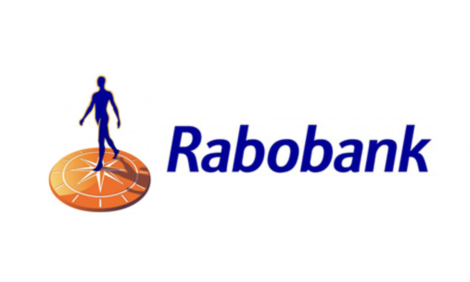



Overcoming Information Gaps in Africa’s Livestock Sector Essential
AFRICA - As countries in Africa continue to grow at a fast pace, the consumption of animal protein is projected to climb rapidly.According to FAO, between 2005/07 and 2030, meat and milk consumption in Africa are estimated to grow by 2.8 and 2.3 per cent per year. This growth in demand for animal protein can provide major business opportunities for livestock producers and contribute to reducing poverty, creating employment opportunities and responding to anticipated increases in food demand in Africa.
However, according to a new report, Business and Livelihoods in Africa, Investing to Overcome the Information Gaps in the Livestock Sector published in March 2014 by the Livestock Data Innovation in Africa project—a multi-donor initiative funded by the Bill and Melinda Gates Foundation and jointly implemented by the World Bank, the UN Food and Agriculture Organization (FAO), the International Livestock Research Institute (ILRI), and the African Union-Interafrican Bureau for Animal Resources (AU-IBAR)—in spite of these major market opportunities, local producers are unable to meet current demands and are likely to find it increasingly challenging to satisfy the growing needs for animal protein.
Unless investments in the livestock sector are made now, say the authors of the report, Africa is likely to increasingly become a net importer of livestock products. The FAO projects that in 2030 and 2050, between 12 and 15 per cent of African consumption will be supplied by foreign producers.
To address this, the report emphasizes the importance of closing several information gaps that are constraining the design and implementation of effective livestock policy and investment decisions. In general, available information is largely based on ad hoc studies. The report notes that even the most mundane statistics, such as the share of households using dung as fertilizer or the quantity of livestock inputs purchased by farmers, are often not available at the national level because livestock is often not treated as a distinct sector when collecting agricultural statistics.
The information gaps discussed in the report mainly concern three diverse groups—(1) livelihood-oriented livestock keepers, (2) business-oriented livestock keepers, and (3) other value chain actors such as traders and feed producers.
Business-oriented livestock keepers make up a small share of the total, representing between 5 to 20 per cent of all livestock keepers, with the remainder defined as livelihood-oriented who keep animals more for the services they provide such as insurance, manure and hauling rather than for selling meat, milk and other products. Information on both types of livestock keepers, in addition to other value chain actors, however, is currently insufficient to design effective investments and policies for the livestock sector.
First, basic information on livelihood-oriented livestock keepers is typically unavailable at the national level, largely because livestock is under-represented in statistical operations. This information is needed to measure the contribution of livestock to their livelihoods and, therefore, the potential returns from livestock investments on their livelihoods and their willingness to invest in their animals. Though the potential is there for this group to derive greater benefits from their livestock, it is currently unclear whether all households are willing and/or able to respond to economic incentives to serve the expanding market for animal protein.
Second, even when data on livestock are collected, they are insufficient to characterize business-oriented livestock keepers, as statistical systems typically neglect small and difficult-to-identify groups such as this one. Information of this sort could help enhance the productivity of their animals as well as assist livelihood-oriented livestock keepers strengthen their operations and even have a business orientation, thereby using their animals as a tool for overcoming poverty.
Finally, data on other actors along the supply chain, such as drug and feed producers and distributors, traders, and processors, is currently insufficient to uncover the root causes of productivity constraints and limited access to input and output markets. For example, available data that reveal that animal diseases and access to feed are major constraints to productivity do not inform decision makers on how the prevalence of selected diseases can be reduced or how the use of supplemental feed can be promoted.
It is, therefore, critical that governments, regional institutions and the international community collaborate to collect and systemize critical livestock information, with separate surveys for livelihood-oriented, business-oriented livestock keepers and other value chain actors.
For all groups, the information generated would allow governments to design policies and investments that would assist these actors in developing business models that are inclusive of livestock keepers – both as buyers and suppliers of goods and services – and would facilitate investments that can generate employment opportunities along value chains.
Furthermore, such investments would ensure that business-oriented livestock keepers benefit from the growing demand for animal-source foods and that livelihoods-oriented livestock keepers benefit from raised incomes and improved nutrition, thereby both improving their livelihoods and broadly contributing to economic growth and poverty reduction.








